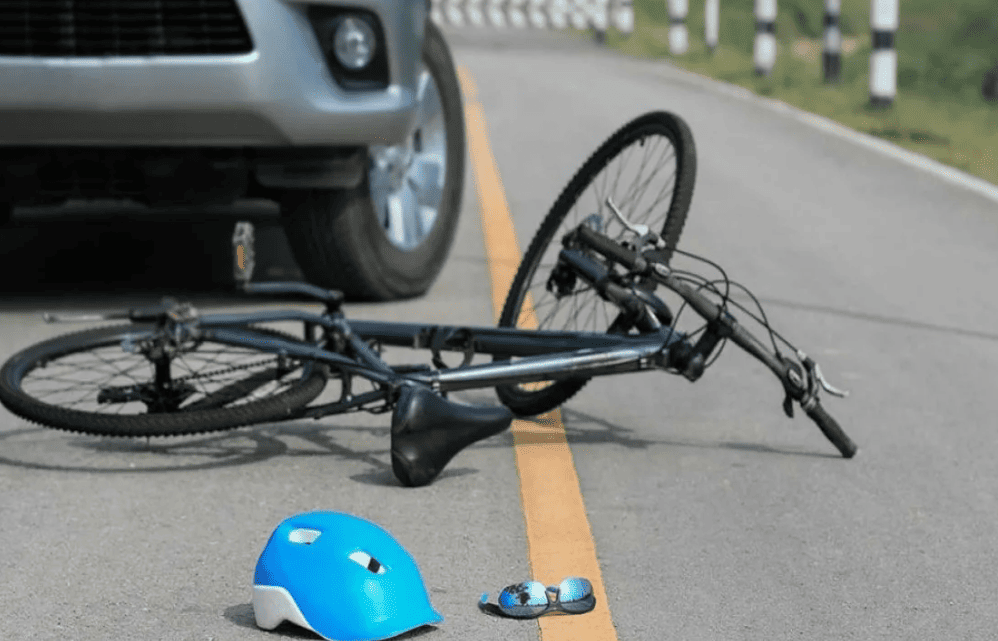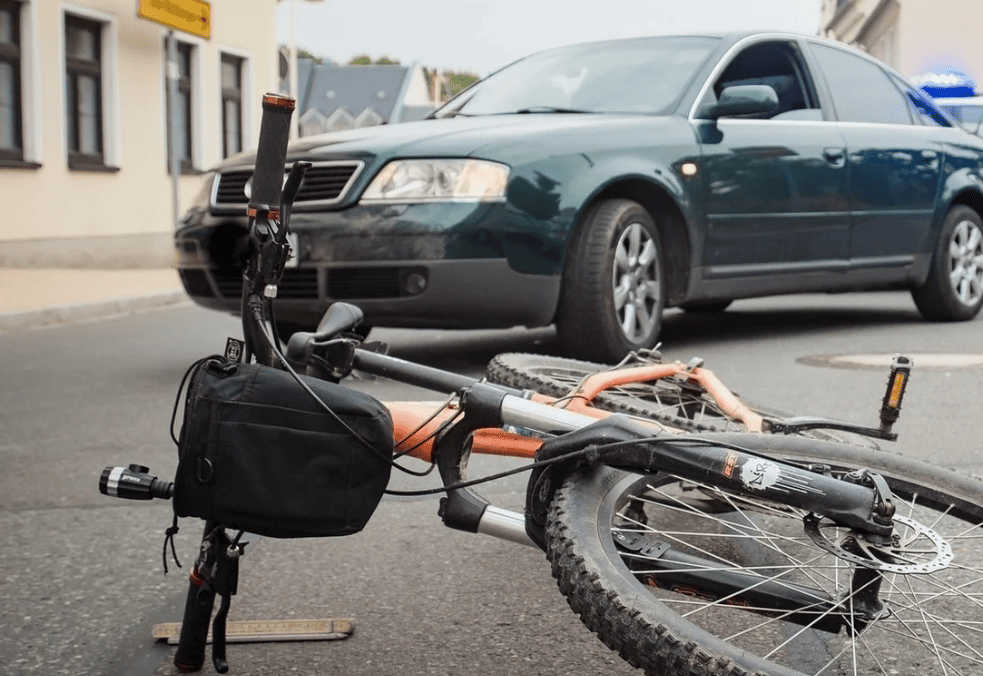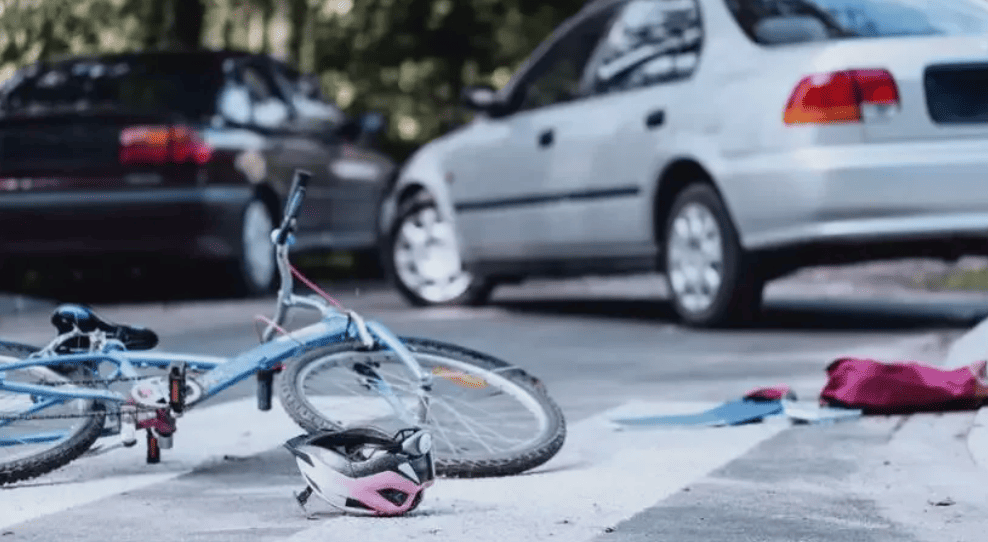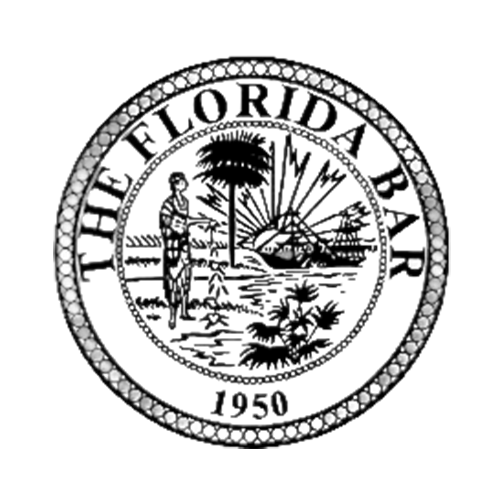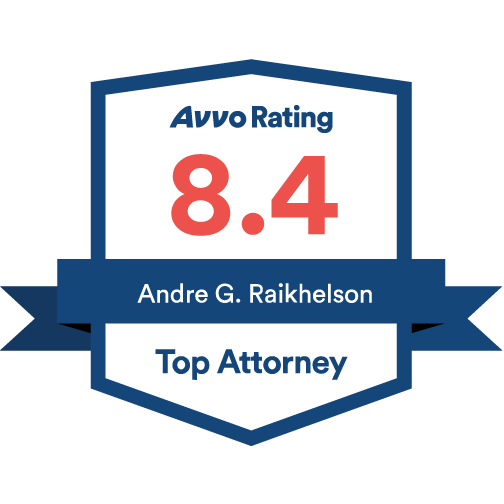Legal aspects of cycling accidents
Every year thousands of Americans are involved in road accidents where cars collide with bicycles. Such incidents require careful consideration when determining liability for each party because it’s often difficult to clearly identify a single guilty person. Let’s take a closer look at the legal nuances related to these cases in the United States.
Main reasons for collisions and determination of liability
Statistics show that common causes of bicycle-car collisions include:
- Failure by cyclists to follow traffic signals or signs,
- Misjudgment of road conditions by drivers,
- Poor visibility due to insufficient lighting or bad weather,
- Lack of awareness among motorists about safe interaction between vehicles and bikes.
Determining fault depends on several factors, including:
- Compliance with relevant laws by both parties,
- Whether any rules were violated,
- Specific circumstances such as speed, trajectory, and presence of warning signs.
Police typically prepare an incident report documenting the facts, but final determination of responsibility rests with the court.
Actions after a collision
If you’ve been involved in a collision involving a bike and car, here are some steps to consider:
Step #1: Assess your health and safety
Make sure no one has suffered serious injuries. If there are significant wounds, seek immediate medical attention.
Step #2: Call emergency services
Notify law enforcement and emergency services if victims have sustained severe harm or substantial property damage occurred.
Step #3: Contact an attorney
Consulting with a lawyer can be extremely beneficial since they will help navigate complex legal issues and assist in filing proper claims against responsible parties.
Step #4: Document everything possible
Take photos of the accident scene, gather contact information from witnesses, collect medical records, and other essential documents.
How to recover damages after an accident?
Recovering damages after a crash may involve different methods:
- Insurance coverage under auto liability policies (if applicable),
- Filing a claim directly with the insurance company of the liable driver,
- Taking legal action through courts to recover costs associated with health recovery and repair expenses.
However, obtaining compensation isn’t always straightforward, especially if partial blame was attributed to yourself. In this case, having professional representation from an experienced attorney becomes crucial.
Practical tips to minimize risk of collisions
To avoid unpleasant consequences of bike-car crashes, adhere to these preventive measures:
- Always wear protective gear like helmets and reflective clothing,
- Follow all traffic regulations, obey stoplights and street signs,
- Use designated bike lanes whenever possible,
- Avoid busy roads with heavy vehicle traffic,
- Stay vigilant and cautious while observing others’ behavior on the road.
Importance of professional legal support
In complicated situations regarding liability assignment and subsequent processes of recovering damages, hiring a knowledgeable attorney proves invaluable. They’ll guide you through preparing your lawsuit, presenting evidence effectively in court, and maximizing potential outcomes. Remember that prompt actions immediately following an accident combined with strategic planning significantly influence the eventual outcome determined by the judge.
In conclusion, handling cycling accidents in the U.S. requires adherence to specific legal procedures and seeking expert advice to properly determine liability levels for each participant and resolve disputes efficiently. This article provides general guidance only and should not replace consultation with a qualified legal specialist.


